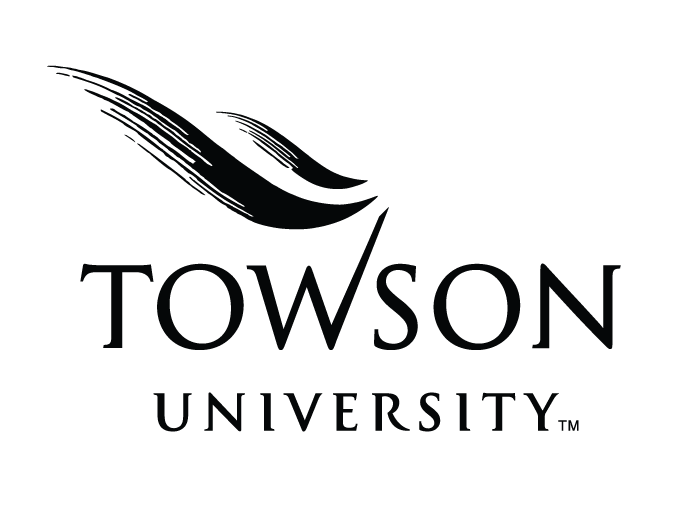Through a project called “Breaking the Sound Barrier,” Towson University and NPR Labs continue to develop innovative technologies in radio accessibility for listeners who are deaf and hard of hearing.
A story by WAMC Northeast Public Radio describes in detail the partnership between NPR and Towson’s College of Liberal Arts, where Ellyn Sheffield, a cognitive scientist and professor of psychology, leads the university’s captioning center. There, real-time captioning of radio programming is created through the use of voice recognition software and a technique called “voice writing.”
To create live-captioned radio, a broadcast is fed from NPR headquarters to Towson University, where voice writers are listening on headphones and continually re-speaking everything that they hear. That audio output is fed to a caption editor who corrects and formats the information for readability before the captions are transmitted to consumers.
All this occurs within 20 seconds of the live broadcast. Captions are currently available on the program providers’ websites, but in the future will be available through NPR Member Station websites as well.
The team also wanted to make the content available for the deaf-blind, so they converted the captioning feed for use with stand-alone Refreshable Braille Displays.
Related:
